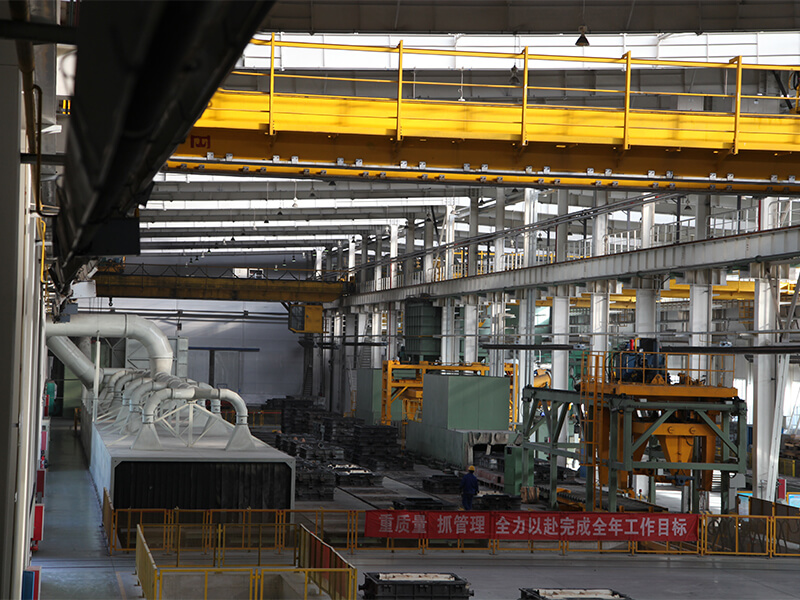Қыр . 05, 2024 01:42 Back to list
cast iron parts
Understanding Cast Iron Parts An Essential Component in Manufacturing
Cast iron has been a foundational material in the manufacturing industry for centuries, renowned for its versatility, durability, and excellent casting properties. Cast iron parts are extensively used across various sectors, including automotive, construction, and household goods, making them a staple in both industrial and domestic applications.
The defining characteristic of cast iron is its high carbon content, typically between 2% and 4%. This composition gives cast iron its unique properties, including castability, wear resistance, and an impressive ability to withstand thermal and mechanical stress. These qualities make cast iron parts highly desirable in applications where strength and durability are paramount.
There are several types of cast iron, each with its specific attributes and uses. The most common types include gray cast iron, ductile cast iron, white cast iron, and malleable cast iron. Gray cast iron is noted for its excellent machining properties and is frequently used in engine blocks and machine frames. Ductile cast iron, on the other hand, has higher tensile strength and is often employed in the manufacturing of automotive components and heavy machinery. White cast iron, while less common due to its brittleness, is valuable in situations where hardness is required, such as in wear-resistant surfaces.
cast iron parts

The manufacturing process of cast iron parts typically involves melting raw iron and alloying it with other materials, such as carbon and silicon, to achieve the desired properties. This molten metal is then poured into molds, where it solidifies into the desired shape. The versatility of the casting process allows for complex geometries that are often difficult to achieve with other manufacturing methods. After the casting process, the parts may undergo additional treatments, such as machining, to enhance their fit and finish.
One of the key advantages of using cast iron parts is their excellent machinability. This makes them easy to shape and finish, enabling manufacturers to produce intricate designs with tight tolerances. Moreover, cast iron has good damping properties, meaning it can absorb vibrations and reduce noise, making it ideal for use in various machinery and equipment.
The sustainability of cast iron is another important consideration in today’s manufacturing landscape. Cast iron can be recycled repeatedly without significant loss of quality, contributing to a more sustainable manufacturing process. As industries continue to prioritize sustainability, the use of recycled cast iron not only reduces raw material consumption but also minimizes environmental impact.
In conclusion, cast iron parts play a crucial role in modern manufacturing. Their unique combination of strength, durability, and machinability makes them ideal for a wide range of applications. As technology advances and sustainability becomes more critical, the relevance of cast iron will likely continue to grow, ensuring its place as a vital material in both traditional and innovative manufacturing processes. Whether in automotive engines or heavy machinery, cast iron parts are indeed a testament to the enduring legacy of this remarkable material.
-
Centrifugally Cast Iron Water Main Pipe | Ductile Iron Solutions
NewsAug.24,2025
-
Durable Cast Steel Concrete Pipe Mold Bottom Rings & Base Trays
NewsAug.23,2025
-
Centrifugally Cast Iron Water Main Pipe for Reliable Mains
NewsAug.22,2025
-
Durable Centrifugally Cast Iron Water Main Pipe
NewsAug.11,2025
-
Centrifugally Cast Iron Water Main Pipes for Reliability
NewsAug.10,2025
-
High-Quality Centrifugally Cast Iron Water Main Pipes
NewsAug.09,2025


